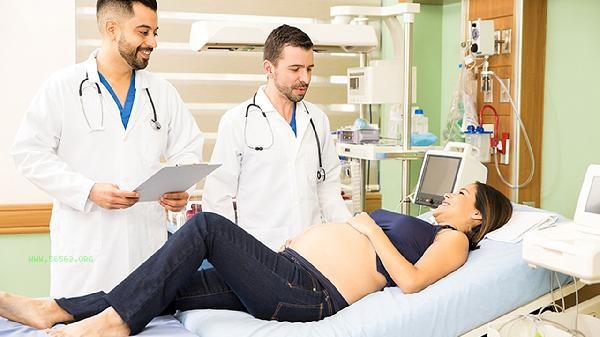Low hemoglobin levels in pregnant women are usually caused by insufficient iron intake, folate deficiency, vitamin B12 deficiency, chronic blood loss, and physiological anemia during pregnancy.
1. Insufficient iron intake:

The iron requirement during pregnancy increases to 27 milligrams per day. If iron rich foods such as red meat and animal liver are not adequately supplemented in the diet, it can lead to a lack of hemoglobin synthesis materials. Long term vegetarianism or picky eating pregnant women are more prone to iron deficiency anemia, manifested as symptoms such as fatigue and cracked nails. It is recommended to confirm the diagnosis through blood routine and serum ferritin testing.
2. Folic acid deficiency:
Folic acid is involved in red blood cell DNA synthesis, and the demand during pregnancy increases from 400 micrograms to 600 micrograms. Insufficient intake of green leafy vegetables or improper cooking methods can cause folate loss, leading to megaloblastic anemia. Early pregnancy deficiency may be accompanied by gastrointestinal symptoms such as glossitis and diarrhea, which need to be confirmed through serum folate testing. 3. Vitamin B12 deficiency: Pregnant women with a history of long-term strict vegetarianism or gastric surgery are prone to vitamin B12 absorption disorders. This vitamin works synergistically with folate to promote red blood cell maturation, and deficiency can lead to neurological symptoms such as numbness in the hands and feet. Internal factor antibody detection and serum B12 level measurement can assist in diagnosis.
4. Chronic blood loss:

Chronic bleeding diseases such as hemorrhoids and gastric ulcers that exist before pregnancy, or conditions such as placenta previa that occur during pregnancy, can cause continuous loss of iron. Hidden bleeding can be detected through fecal occult blood test, while overt bleeding requires ultrasound examination to determine the bleeding site.
5. Physiological anemia: During pregnancy, the blood volume increases by 50%, and the plasma dilution effect leads to a relative decrease in hemoglobin concentration. This physiological change often occurs in mid pregnancy. The difference from pathological anemia is that the red blood cell morphology is normal and does not accompany clinical symptoms. It can recover on its own at 6 weeks postpartum.
When pregnant women have low hemoglobin levels, it is recommended to increase their intake of iron rich foods such as beef, spinach, and pig liver, and combine them with fruits with high vitamin C content such as kiwifruit and oranges to promote iron absorption. Avoid drinks such as strong tea and coffee that affect iron absorption, and drink them two hours after meals. Moderate aerobic exercise such as walking and yoga for pregnant women can improve blood circulation, but it is necessary to avoid intense exercise that exacerbates hypoxia symptoms. Regularly monitor changes in hemoglobin levels, and consume animal blood products 2-3 times a week during the middle and late stages of pregnancy. If dietary supplements are ineffective, use iron supplements under the guidance of a doctor.









Comments (0)
Leave a Comment
No comments yet
Be the first to share your thoughts!